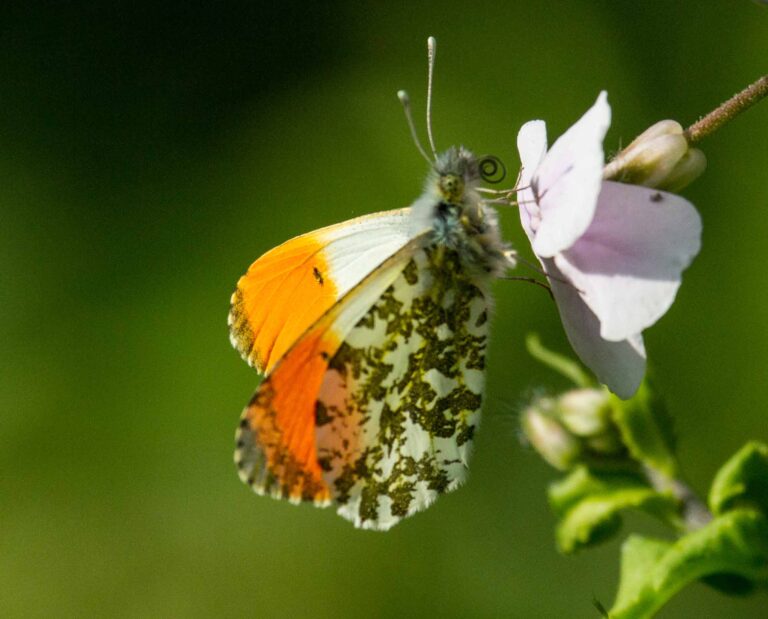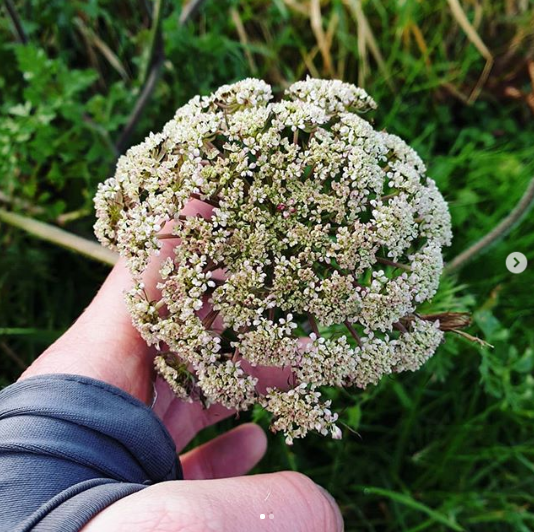Technology is ever-changing and it’s fair to say that it has come a long way in a short space of time. It ought to come as no surprise that as smart technologies get adopted more widely, their uses have become more diverse and expansive. One such application is helping to bring us closer to nature by making the natural world more accessible for us all. Here, we take a look at seven apps you can download and use at home.
Seek by iNaturalist – Free
This is a great free app that makes use of image recognition technology to help you identify both plants and animals. Image recognition technology is becoming more widely used within apps and it is a really helpful way to identify or even your narrow your searches. It can be a great way to learn identification skills as you become more familiar with species.
The app is family-friendly and allows you to earn badges for seeing different kinds of species and for participating in monthly observation challenges. It will also give you information about what you identify, and it will use your location to try to show you species which are most relevant to you.
Google Play Store / Apple App Store

Tree ID by Woodland Trust – Free
Ever wondered what kind of tree you’re looking at or what that leaf is? Then this app is for you! From the Woodland Trust, Tree ID allows you to identify both native and common non-native trees in the UK. The app can help you identify trees using bark, twigs, buds, leaves, flowers, and fruits. You’ll also find lots of information about each species together with folklore, history, and uses. Greater still is that the app requires no internet connection when you’re out and about so you can get instant identification! You can even use a map to record the trees you’ve found so you can build up a picture of the different species around you and beyond!
Google Play Store / Apple App Store
BirdNET – Bird sound identification – Free
It’s not just image recognition technology that is available so is audio recognition too. BirdNET is a joint project from Cornell Lab of Ornithology and Chemnitz University of Technology which uses artificial intelligence to train computers to identify the most common bird species.
The app works by allowing you to record audio which is then sent to the BirdNET servers which will identify species by sound! The app is currently in prototype but by using it now you’ll help the project develop. They are continually working on adding more species and continue to expand the project. It’s a fascinating project to follow although at this point it is only available on the Google Play Store.
Collins Bird Guide – £12.99 (Google) / £14.99 (Apple)
Unlike with the other apps detailed here, this one does come at a cost. The Collins Bird Guide is a fantastic resource with lots of information and illustrations. Much like the print guide it details often confused species which can be really helpful. The app removes the need to haul a large and heavy book with you and allows you to use a search filter (so no more flicking through pages and pages!). It also lets you record sightings, location, and date with the handy listing tool. And for those who like the detail, the app incorporates the BTO/Birdwatch Ireland/Scottish Ornithologists’ Club mapping data, although this is at additional cost.
Google Play Store / Apple App Store
PlantSnap – Free (In-App Purchases)
With a specific focus on plant species, PlantSnap allows you to identify plants by image or name. The app claims it can identify 90% of all species of flowers, leaves, trees, mushrooms, succulents and cacti so is pretty comprehensive. It’s also a social app which allows you to connect with other nature lovers and share your favourite finds! The app can be used for free but there is a daily limit unless you upgrade.
Google Play Store / Apple App Store

Google Lens – Free
Available for free via the Google Photos app on Android devices and via the Google app on iOS this is not first and foremost a wildlife app. It is, however, a powerful tool. Google Lens allows you to search what you see by searching within an image. You can use Google Lens to search what’s in front of you or use it on a picture you’ve already taken (handy if you have no signal and want to search later). It is very effective at helping identify animals and plants and works well with other tools in narrowing down what a particular species is. It’s completely free, there are no usage restrictions and best of all is that most Android users will already have this pre-loaded on their phone!
Google Play Store / Apple App Store
iGeology – Free
It isn’t all about plants or animals, this app from the British Geological Survey lets you see what is literally below your feet. Using a series of maps, you can find out about the rocks at the surface or the bedrock beneath where you are. The app uses GPS so you can easily find your location and includes a 3D view of the geological landscape. You can even share your own geological observations with other users!
Google Play Store / Apple App Store
The list above is by no means exhaustive, but it gives a good introduction to the way technology can be used to learn more about the natural world. If you’ve ever asked the question what’s this? Hopefully, the tools above will help give you an answer.
By Sean Linley, local naturalist